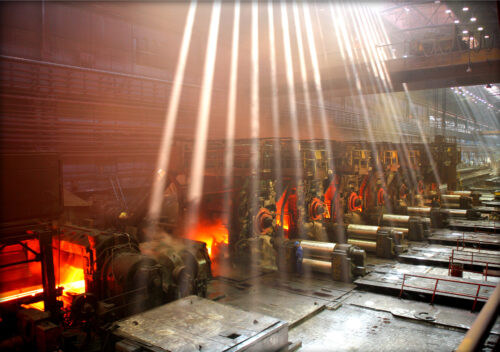
Report | 2024
Accelerating Industrial Decarbonization in China
Key Climate Actions for Iron and Steel Companies
The iron and steel industry — one of the high emitting sectors — will take up 4.8–10.9 percent of the global carbon budget, which is only 400 gigatons for the next 30 years for a 67 percent chance of staying within 1.5°C of warming. At the current pace of development and carbon emissions, the carbon budget projected for steel will be used up in 5-12 years. With more than half of the world’s steel production, China remains a key geography when it comes to steel decarbonization. Climate actions by Chinese iron and steel companies are critical not only to China’s carbon neutrality goal, but also to emissions reductions in the global iron and steel industry.
This report provides a comprehensive summary of international target-setting practices, examining their boundaries and pathways under the 1.5°C climate goal by 2050. While global practices serve to guide Chinese iron and steel companies to set climate-aligned targets, an industry-level target broken down from China’s national goals of carbon peaking by 2030 and carbon neutrality by 2060 will help direct companies’ level of ambition and pace of transition. Moreover, companies can refer to the technological feasibility of carbon reduction levers to set practical climate targets.
To support companies, this report introduces trading-, financing-, and carbon asset management-based mechanisms, and illustrates how their synergies can help iron and steel companies implement emissions reduction initiatives. Finally, the report calls iron and steel companies and other key stakeholders to ensure a successful transition by developing industry-level carbon reduction targets and roadmaps per China’s national targets; improving clarity and comprehensiveness of corporate’s carbon targets; collaborating across the value chain; actively participating in existing market mechanisms; and engaging in mechanism innovations.